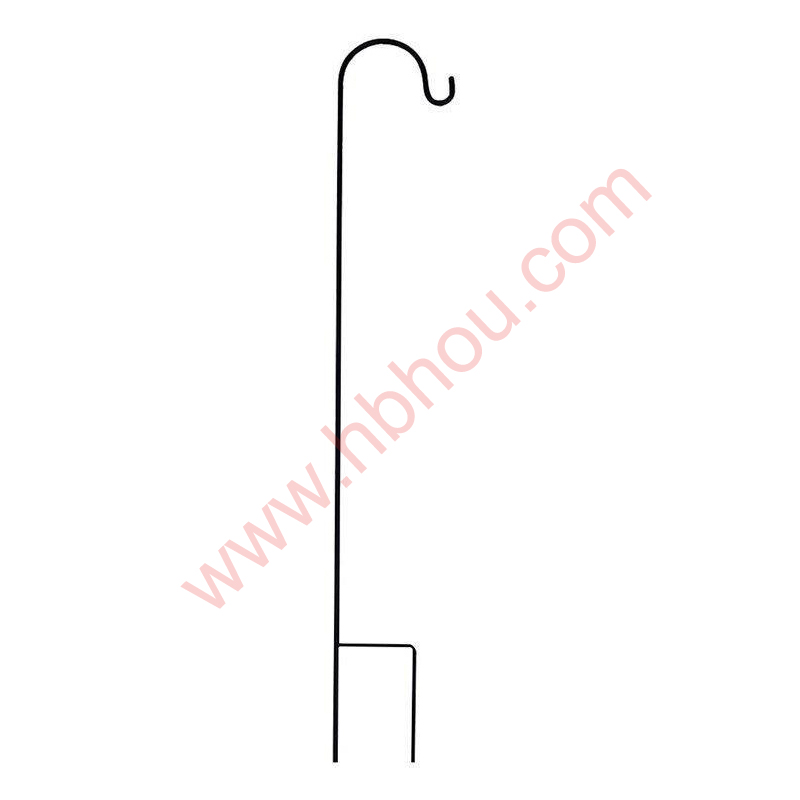Creating a Pallet Garden Fence A Sustainable Solution
In recent years, gardening has transformed from a mere hobby into an essential practice for many people worldwide. Alongside this trend, sustainable living has gained immense popularity as we seek eco-friendly solutions that lower our carbon footprints. One innovative method to combine these two passions is the creation of a pallet garden fence. This article explores the benefits of using pallets for garden fencing, the steps to create your own, and some ideas to enhance its aesthetic appeal.
Why Choose a Pallet Garden Fence?
Using wooden pallets for garden fencing comes with a myriad of advantages. Firstly, pallets are often readily available and inexpensive, as many businesses discard them regularly. By repurposing these pallets, you contribute to waste reduction, helping the environment while also saving money.
Secondly, pallet fences are incredibly versatile. Their rustic charm offers a unique aesthetic that can complement various garden styles, from cottage gardens to contemporary urban spaces. Moreover, pallets can adapt to any space, allowing for flexible designs that suit your garden's needs.
Finally, a pallet garden fence is functional. It provides a clear boundary for your garden, keeps pets and children safe, and can even offer a trellis for climbing plants. As you cultivate your garden, the fence enhances your overall gardening experience and contributes to the landscape.
Steps to Create Your Pallet Garden Fence
Building a pallet garden fence is a straightforward process that can typically be completed in a weekend. Here’s a step-by-step guide
1. Gather Materials Start by sourcing pallets. Ensure they are not chemically treated; look for the HT (heat-treated) stamp, which indicates they are safe for landscaping. You will also need tools such as a saw, hammer, nails, and a level.
2. Plan Your Layout Decide on the dimensions of your garden and the desired height of your fence. Mark out the area using stakes and string.
3. Prepare the Pallets Inspect the pallets for damage and remove any loose nails or splinters. If necessary, sand down rough areas to prevent injury.
pallet garden fence

4. Construct the Fence Position the pallets vertically or horizontally, depending on your design preference. Use nails or screws to secure the pallets together at the corners, ensuring they are level. For added strength, you may want to attach them to posts at the corners.
5. Add Support If your fence is particularly tall or located in a windy area, consider adding diagonal bracing to prevent wobbling.
6. Finish Up Once your fence is assembled, you can leave it natural for a rustic look or paint it for a more vibrant appearance. Consider treating the wood with eco-friendly sealant to prolong its life against the elements.
Aesthetic Enhancements
To elevate the visual appeal of your pallet garden fence, consider integrating additional design elements
- Vertical Gardens Attach smaller pallets vertically to create a vertical garden, allowing you to grow herbs or decorative flowers.
- Decorative Accents Hang garden art, fairy lights, or planters on the pallets for a personalized touch. This can inject personality into your space and make it more inviting.
- Climbing Plants Encourage climbing plants such as beans, peas, or flowering vines to wrap around your fence for an enchanting green wall that changes with the seasons.
- Gates Incorporate a rustic wooden gate using leftover pallet wood to provide access while preserving the cohesive look of your fence.
Conclusion
Creating a pallet garden fence not only enhances the functionality and aesthetics of your garden but also makes a significant statement about your commitment to sustainability. By choosing pallets, you embrace eco-friendly practices while engaging in a fulfilling DIY project. With creativity and planning, your garden can become a sanctuary that reflects your values and style, making it a delightful retreat for you and your community. So, gather your materials and embark on this exciting gardening journey!
















